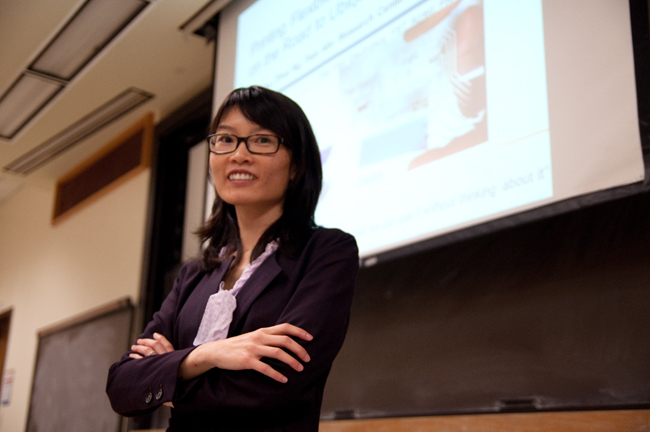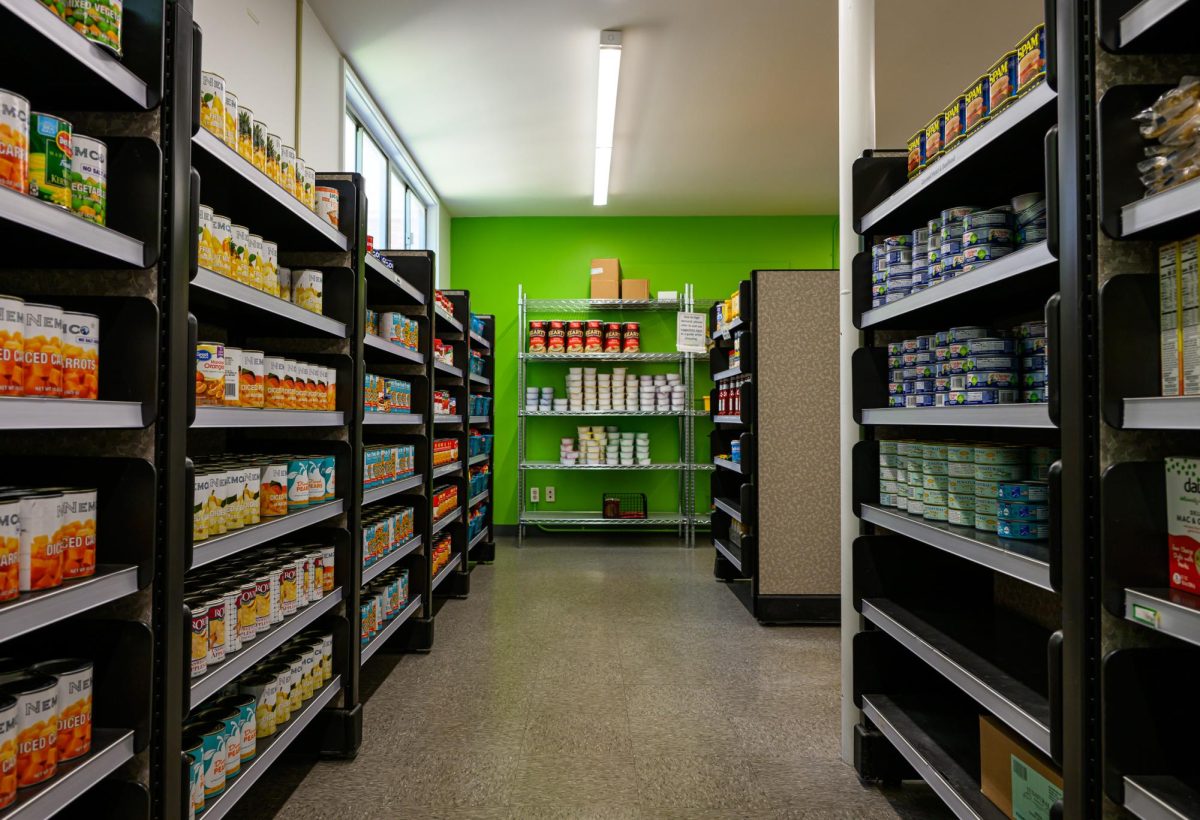Tse Nga Ng from Palo Alto Research Center discussed her research regarding flexible printed electronics in a seminar Tuesday presented by the John J. McKetta Jr. Department of Chemical Engineering.
Ng said one possible application of this research could be within the medical field. Ng said she wants to create a small tag to go on the packaging of vaccines to monitor the surrounding temperature to avoid inactivation of vaccines by excessive heat in transit. Ng also said this research is important for airplanes and ships. She said wires printed directly on structural parts could improve fuel efficiency in vehicles by reducing weight.
“It’s a new platform that could be widely applicable to different disciplines,” Ng said.
The purpose of flexible print electronics is to make circuits on unconventional, flexible materials using advanced printer technology, Tom Truskett, chemical engineering department chair, said.
“We should think of it as the next method to create electronics that you can do with conventional silicon chips,” Ng said.
Ng is working on integrating systems and making higher resolution equipment.
The uses of flexible printed electronics for mobile technology were another topic of discussion. Ng said Samsung is creating a cell phone using flexible electronic research.
The research may also be applied to methods and products for harnessing energy. Marisa Meier, spokeswoman for the Department of Chemical Engineering, said some researchers are working on making flexible batteries and spray paint that can use solar energy to power buildings.
The lecture is part of a series of weekly seminars that the chemical engineering department organizes to bring in scientific expertise for graduate students to help them make connections in relevant areas, Truskett said.
“Speakers stay for a couple of days and meet with students and faculty,” Truskett said.
These seminars usually pertain to the chemical engineering department, but Ng’s work is interdisciplinary.
“Today was interesting because there was a large number of faculty from the electrical engineering department,” Truskett said.
Ng’s research is closely related to the focus of the Nanomanufacturing Systems for Mobile Computing and Mobile Energy Technologies research center at the University, according to Meier. The center plans to do research that could lead to versatile mobile devices, including wearable sensors and foldable laptops.
Published on February 13, 2013 as "Printed electronics flex innovative muscles".


















